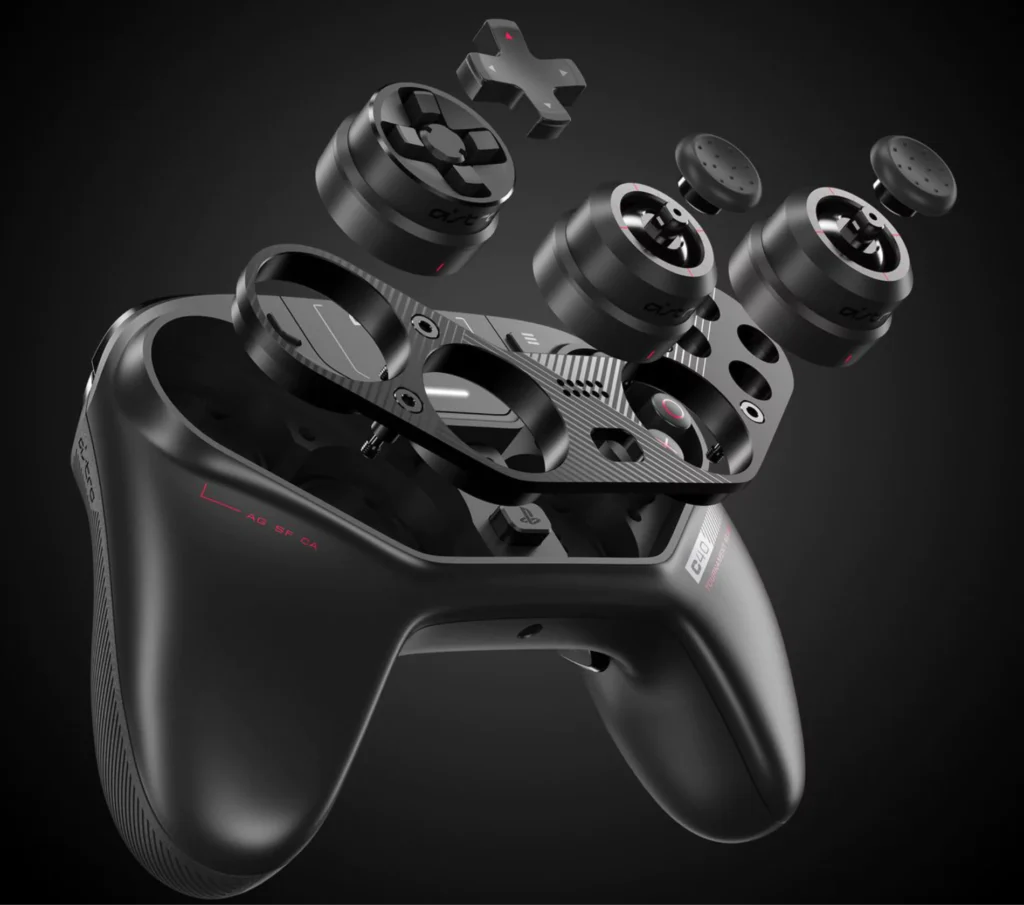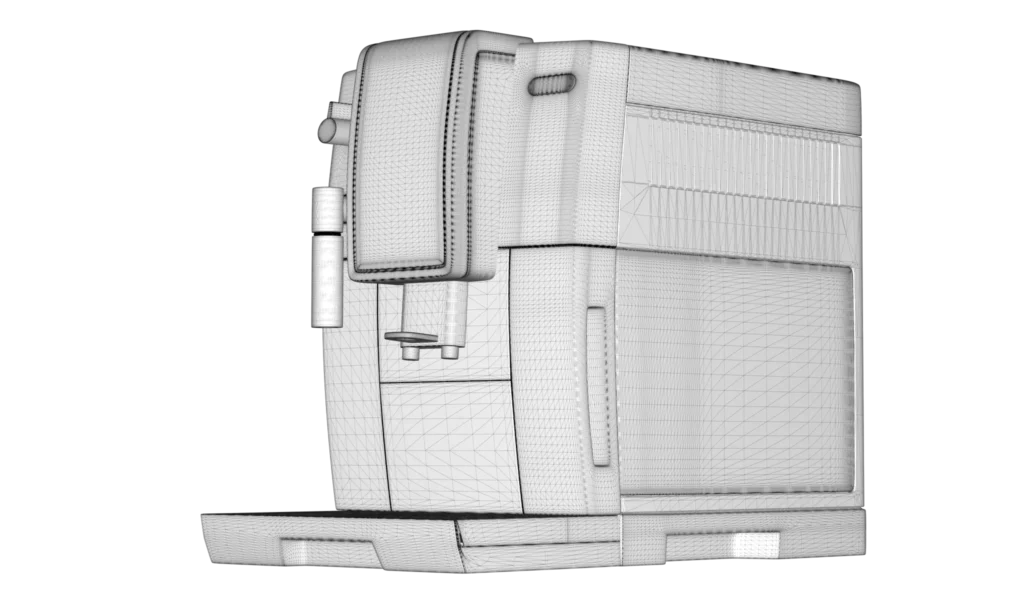
In the competitive Electrical market, compelling visuals are paramount. Effective product photography is the cornerstone of building trust and driving sales. Electronic product visualization demands precision. Blending photography with 3D rendering creates compelling visuals. Here’s how:
Stunning photos can make or break your electronic sales. In strong competitive market
compelling product photography is non-negotiable for Electronic sales. Strong visuals establish trust, converting online browsers into loyal customers. Given the e-commerce surge, your electrical instrument must visually convey their quality and uses instantly, as customers cannot physically interact with them. This guide offers practical strategies to create standout CGI images that not only highlight product benefits and appeal but also deliver tangible business results.
Why does great CGI photography matter for electronics sales ?
In the realm of electronics sales, exceptional photography is crucial. It addresses the inherent complexity of tech products, showcasing intricate designs and functionalities that text alone cannot convey. Professional visuals build trust, assuring customers of quality and brand reliability. 3D Photos demonstrate device operation, highlighting key features and interfaces for a virtual “hands-on” experience.
Aesthetically pleasing images create desire, driving sales. Accurate and detailed visuals minimize misunderstandings, reducing returns. In a competitive market, standout photography differentiates your products. Given the dominance of online shopping, these images provide the sole means for customers to experience the product. They also show scale and context, and consistent high quality photos build brand recognition.
High-quality product rendering significantly amplifies online reach. Shopify’s research confirms that visually appealing images are shared nearly twice as frequently on social media compared to those of lower quality. This increased sharing translates to wider exposure, greater brand visibility, and ultimately, a more significant impact on sales.
Clear, high-quality product photos significantly minimize returns. By accurately depicting size, color, and packaging, customers receive exactly what they expect, reducing disappointment upon arrival. This not only saves businesses money on return processing but also fosters customer satisfaction and builds trust.
The link between compelling visuals and sales is especially critical for Electrical and electronics products. Clear, detailed images from various angles are essential. These visuals establish product legitimacy, showcase high-quality raw materials, and present your product as trustworthy solutions, effectively mitigating consumer doubt.
Essential techniques for stunning Electronic product Rendering
Achieving stunning electronic product renderings requires a blend of technical skill and artistic vision. Here are essential techniques:
Accurate 3D Modeling
Accurate 3D modeling is the backbone of any product rendering.It involves meticulously recreating the product’s geometry with precise dimensions, capturing every curve, edge, and surface detail. Many manufacturers have 3D CAD with them. However for Visualization purposes we cant use CAD models as they are not fit for high quality 3D rendering. While creating 3D models we choose softwares according to end goals. Our expert artist creates exactly the same model with attention to all details.

Unveiling product details through close-up shots
Close-up photos let you showcase the actual product—the smooth texture ,small details, the clarity of USPs, or the finish of the product can be captured in closeup shots. Sometimes while showing creativity many agencies tend to forget that they have to make their product as a hero and all other elements are just supportive.
Customers always want to see product designs and USP. Close up shots help them to see products very closely and they can understand quality of product material, textures and colours of the products.
Realistic Materials and Textures
Realistic materials and textures are pivotal in elevating electronic product renderings from mere digital representations to lifelike visuals. We have expert artists that can create textures such as whether it is glass, metal, plastic silicon etc. and colours as per the need. By meticulously recreating materials and textures, rendering services can bridge the gap between digital and physical, resulting in compelling and believable product visuals.
Mastering lighting for Electrical products
Mastering lighting for electrical product renderings involves skillfully balancing functionality and aesthetics. Light should clearly define the product’s form and showcase essential features, like illuminated ports or displays. Accurately simulate light emission from LEDs or screens, paying attention to color temperature and intensity. Skillfully manage reflections and specular highlights on glossy surfaces to convey material quality. Use shadows and gradients to create depth, avoiding a flat appearance, especially for complex devices. Lighting should accentuate surface textures, whether smooth plastic or brushed metal. Carefully control ambient light to prevent detail washout. Focused lighting highlights intricate details, like circuit board components. Maintain consistent lighting for product series to reinforce brand identity. When shown in scenes, ensure lighting matches the environment for seamless integration. Accurate light color and temperature vastly improve realism.

Depth of Field and Focus
Depth of field and focus are crucial tools in electronic product rendering, adding realism and directing viewer attention. By selectively blurring portions of the image, depth of field simulates the way a camera lens focuses, creating a sense of depth and scale. This technique allows for emphasizing specific product details, drawing the eye to key features while subtly blurring background elements. Careful control over focus points and blur intensity enhances the visual impact, creating a more engaging and lifelike representation of the electronic product.
Experimenting with creative angles
Experimenting with creative angles is paramount in crafting captivating electronic product renders. Beyond standard orthographic views, exploring unconventional perspectives reveals unique design elements, highlights intricate details, and conveys a sense of dynamism. Low-angle shots emphasize height and scale, while high angles create an intriguing sense of perspective. Bird’s-eye views showcase the product’s overall form and arrangement of components.
Dutch angles introduce a sense of drama and dynamism. By stepping outside the conventional, renders can create visually striking and engaging compositions that showcase the product’s design and functionality in a fresh and memorable way.
Composition and Framing
Composition and framing are fundamental to creating visually compelling 3D Electronic Product Renderings. They guide the viewer’s eye, establish a narrative, and enhance the overall impact of the image. Effective composition involves strategically arranging elements within the frame, using techniques like the rule of thirds, leading lines, and symmetry to create balance and visual interest. Framing, on the other hand, involves selecting the right perspective and angle to showcase the product’s best features. This includes considering the product’s size, shape, and context, and using techniques like close-ups, wide shots, and eye-level views to create a sense of scale and depth. Careful attention to composition and framing transforms a simple product rendering into a captivating visual story.
Applying effective colours
Effective color theory application in electronic product rendering is vital for impactful visuals. Color communicates brand identity, evokes emotions, and highlights features. Adhere to brand colors for consistency. Utilize color psychology to trigger desired emotions. Employ color contrast to emphasize key elements. Create balanced compositions with color harmony. Accurately represent material colors for realism. Consider lighting’s effect on color. Stay updated on design trends. Thoughtful color use elevates renderings, creating visually appealing and emotionally resonant product representations.
You can also read a detailed blog for 3D Product Rendering Vs Product Photography
Common mistakes to avoid in electrical 3D product photography.
Ignoring Brand Identity
Ignoring your brand identity in electrical 3D product photography is a critical oversight. Brand identity encompasses the visual language that distinguishes your company, including color palettes, typography, and overall aesthetic. Neglecting these elements in product renderings creates a disconnect between your brand and its showcased products. This inconsistency can confuse customers, dilute brand recognition, and undermine the trust you’ve worked to establish. By failing to integrate your brand’s visual DNA, you risk presenting products that appear generic, lacking the unique character that sets your company apart in a competitive market. Ultimately, maintaining a strong, consistent brand identity across all product visuals is essential for reinforcing your company’s image and fostering customer loyalty.
Overly Complex Backgrounds
Overly complex backgrounds in electrical 3D product photography can severely detract from the product’s visual impact. Busy, distracting backgrounds compete for attention, making it difficult for viewers to focus on the product’s details and features. These backgrounds can create visual clutter, hindering clear communication of the product’s design and functionality. Furthermore, overly complex backgrounds can introduce conflicting colors and lighting, disrupting the product’s intended aesthetic. Simplicity and clarity are paramount; a clean, neutral background allows the product to take center stage, ensuring that its design and features are the primary focus.
Ignoring the target audience
Ignoring the target audience in electrical 3D product photography is a fundamental misstep. Each demographic possesses unique visual preferences and expectations. A youthful audience may respond favorably to vibrant colors and dynamic angles, while a professional audience might prioritize clean, minimalist aesthetics and detailed technical views. Failing to tailor visuals to the intended consumer risks creating images that lack resonance and fail to connect. This disconnect can lead to diminished engagement, reduced sales, and a missed opportunity to establish a meaningful brand-customer relationship. Understanding your audience’s visual language and preferences is crucial for crafting compelling product renderings that drive effective communication and conversion.
Conclusion
In the dynamic and fiercely competitive electrical and electronics market, the power of compelling visual representation cannot be overstated. This guide has illuminated the critical role of high-quality 3D product rendering and photography, emphasizing its ability to build trust, drive sales, and enhance brand perception. By understanding the nuances of capturing intricate details, mastering lighting and materials, and applying effective color theory, businesses can create impactful visuals that resonate with their target audience. Avoiding common pitfalls, such as neglecting brand identity or using overly complex backgrounds, ensures that the product remains the focal point. Ultimately, investing in professional, meticulously crafted visuals is not merely a marketing tactic, but a strategic imperative for success in the digital age, where visual communication reigns supreme. By embracing the techniques and insights outlined in this guide, electrical and electronics companies can elevate their online presence, foster customer engagement, and achieve tangible business results.




